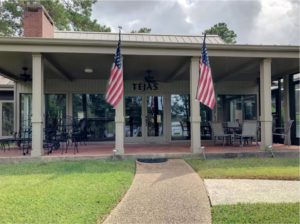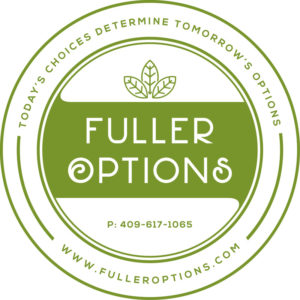America’s other drug problem: prescriptions not taken
(BPT) – America has a serious drug problem, but it’s not the one you might be thinking about. The problem is not illegal drugs or drug abuse, but rather an alarming percentage of Americans who do not take their prescriptions as instructed. Approximately 125,000 deaths per year in the United States can be attributed to medication non-adherence, according to the National Pharmaceutical Council.
 The problem of non-adherence is not new, but it is getting a closer look as experts seek to reduce costs and improve the effectiveness and efficiency of our health system. Data suggests that roughly half of the 2 billion prescriptions filled each year in America are not taken correctly. For particularly vulnerable Americans such as the elderly and those suffering from multiple chronic conditions, adherence rates are even worse. Even with such life-threatening diseases such as cancer, patients are non-adherent to medication.
The problem of non-adherence is not new, but it is getting a closer look as experts seek to reduce costs and improve the effectiveness and efficiency of our health system. Data suggests that roughly half of the 2 billion prescriptions filled each year in America are not taken correctly. For particularly vulnerable Americans such as the elderly and those suffering from multiple chronic conditions, adherence rates are even worse. Even with such life-threatening diseases such as cancer, patients are non-adherent to medication.
The impact of non-adherence, beyond patient outcomes, is a significant source of waste in our healthcare system. Unnecessary medical costs resulting from patients not taking their medication as prescribed, such as ER visits, hospitalizations and extra tests, cost our system over $300 billion annually according to the New England Healthcare Institute.
Many factors contribute to poor medication adherence. In some patients, non-adherence is a choice, while in others non-adherence is quite unintentional. For some people, a lack of symptoms, coupled with denial, high out-of-pocket costs or concerns over potential side effects make them less inclined to even fill their prescriptions let alone adhere to medications. It is estimated that as many as 22 percent of all prescriptions filled are not picked up from the pharmacy.
For these patients, better adherence starts at the doctor’s office. Physicians, nurses and other caregivers can help by better educating the patient about the importance of following directions, and by creating a treatment plan that fits patients’ needs and lifestyles. Emphasizing the details on how and why patients should take their medications properly, including details on possible interactions and refill requirements, can be a good first line of defense against the problem of non-adherence.
However, experts also agree that a substantial portion of the non-adherence problem is inadvertent. The accidental misuse of prescription medications is largely a result of complexity, confusion and general forgetfulness.
“Many patients are dealing with multiple medications, all in nearly identical containers, but each one with a different set of dosage instructions,” says Ian Salditch, CEO of Medicine-On-Time. “It’s a recipe for mistakes – all of which could be addressed through better prescription packaging.”
There are a variety of high-tech monitoring systems aimed at improving adherence, including pills with digestible sensors. To date, strict monitoring has been seen by consumers as being overly intrusive. Solutions such as financial incentives and greater screening offer promise. But Salditch has focused on the low-tech, common sense approach of simplified packaging and has achieved encouraging results.
Using Medicine-On-Time, pharmacists will sort and organize medications into personalized pill cups labeled with the day, date and time to take them. Pharmacists provide pill cups to the patient organized into medication calendars. In addition, the packaging is designed to be easily opened by the frail and elderly.
Background information and specific details about customized packaging can be found on the company’s website, www.Medicine-On-Time.com. Consumers can also find the closest retail pharmacy offering the Medicine-On-Time system and take advantage of offers at www.sortmymeds.com.


















